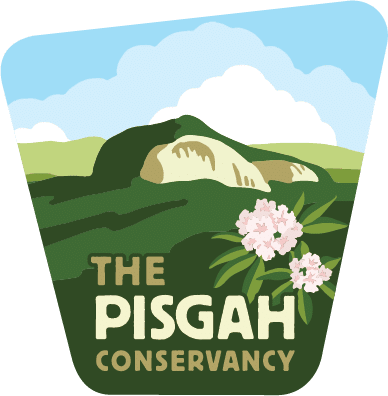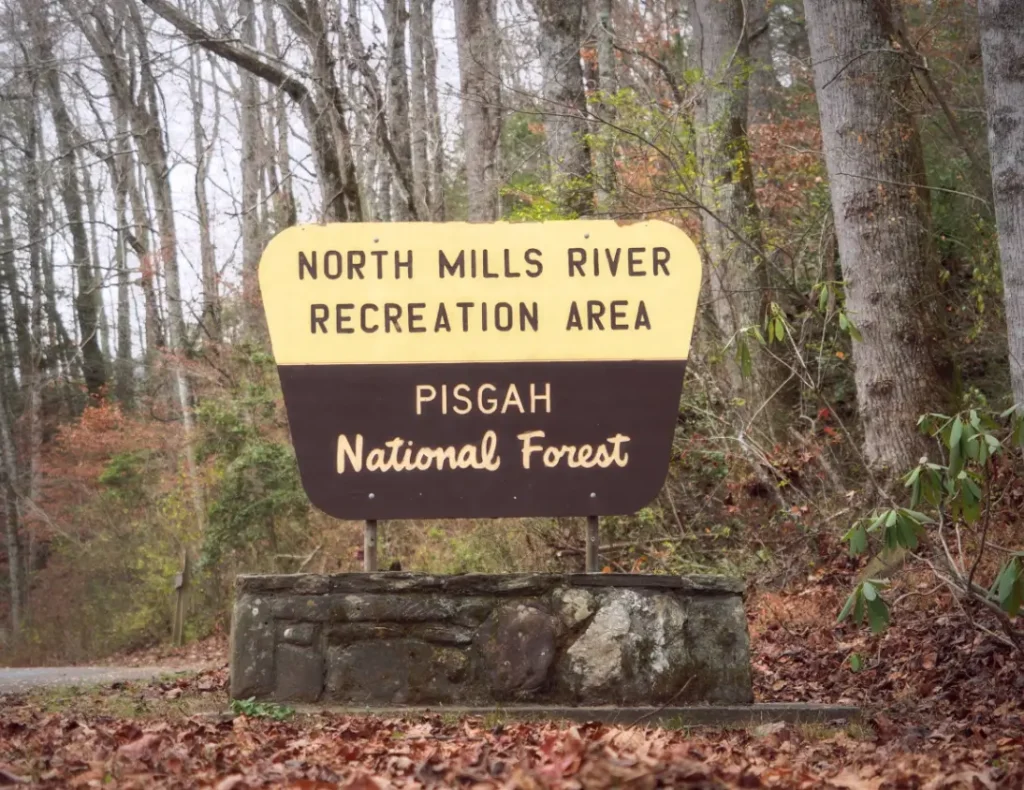The problem:
Throughout this area, non-native invasive plant species have taken over the forest edges, areas between the campsites, and areas along both sides of the river itself, severely limiting water access for swimming, tubing, and fishing. These infestations also have a negative impact on water quality and soil health.
The crew’s primary targets in this area are heavy infestations of:
- Multiflora rose
- Autumn olive
- Oriental bittersweet
- Privet
Addressing the problem:
The Pisgah Conservancy’s Invasive Plant Management Crew began their work in North Mills River Recreation Area in December 2024 and will continue implementing the initial treatment of this project through October 2025, after which follow-up assessments and treatments will be performed with no planned end-date.
Their initial focus was on treating and removing non-native invasive plants from North Mills River Campground and the nearby Wash Creek Horse Camp. The crew will continue their initial treatments through spring 2025 before moving onto less public-facing areas along North Mills River as temperatures increase and, along with them, recreational use.
At this stage, the crew will primarily be:
- Performing cut-stump treatments
- Tackling wrist-thick invasive vines climbing into the canopy
- Clearing dense invasive undergrowth monocultures
As treatments continue and more non-native invasive plant material is removed, visitors may notice debris piles in the area.
Our Invasive Plant Management Crew will return to chip and spread this debris at a later date when more material has been accumulated. This cut-and-chip method accelerates the decay of the invasive plant material and helps to release important nutrients back into the soil. It also reduces potential sources of fire fuel along the road.
With continued attention and maintenance, this project will remove non-native invasive plants from these important riparian areas and promote the re-establishment of a varied, native understory which will benefit wildlife, ecosystems, water quality, and the visitor experience.


